This post, which could be considered "Blush Brushes: part 2" is about brushes intended for contour and angled blush brushes whether or not they're intended (by manufacturer) for contour.
Angled Blush Brush
This MAC 168, which is white goat, is both a blush brush and a contour brush. Now, I don't favor this sort of brush for cheekbone contour, as I prefer more exactness from my contour brushes. It makes for a good blush brush though, especially if you want to apply blush to the cheekbones. It's also good for facial contouring: around the perimeter of the face, to decrease the width of the face, under the chin, or temples. The white goat of this particular brush is usable for powders, creams, and liquids. It's okay, then, but not great, for cream blush or contour, and it's great for liquid foundation.
Sorry, there's no "cross-section" photo for this brush.
Fluffy Angled Blush Brush
This brush, the Paula Dorf Cheek brush is a fluffier, softer version of the angled brush above. It's intent is to fit over the apple of the cheek, and it's good for that. It's a bit fluffy for placing contour, but it makes for a good blending brush. It's good for applying blush (or contour) to a wide area, so appropriate for larger faces, or when you want a big, child-just-in-from-the-cold, blush.
See how fluffy the hairs are, and how much space between them? This means not too much pigment will be desposited on the cheek, but it will be in a wide area. If that's what you want, this is a good style for that. I have come to prefer smaller blush and contour brushes, so this style has fallen out of use with me.
Angled Synthetic Cream Blush Brush
This Sephora I.T. Cream Blush brush is tight, synthetic, and very flat. It's good for placing cream or liquid blush and contour. It's not great for blending them, unless you're looking for a very controlled blend by fanning out the color. This is a technique often used in stage makeup aging techniques to create a shadow with one soft, blended side and a hard line, for instance, in creating naso-labial folds. You could use this technique to create a very strong, stylized contour. You draw a line of product, then place a flat brush on the line, as if you were drawing the line again and pull away the color to one side. Then this fanned out area is blended traditionally.
This brush type is good for cream blush, great for contour, and isn't a bad liquid or cream foundation brush. While I don't believe it's good for true blending of cheek products (other than the technique described above, which, let's admit, is a pretty specialized technique), it is good for a final blending and working together of already applied and blended cream or liquid products.
Round Contour Brush
I think this brush, here a MAC 109 of goat hair, is what most people picture when I say "contour brush." It bears a close resemblance to foundation buffing brushes, a use for which this particular brush gained a cult following. It also gained a notoriety for shedding. It's good for pretty bold, though not necessarily distinct, cheek contour and is good for under the jaw contouring and around the perimeter of the face.
This brush is also good for the doll cheeked, so-called "pop of color" on the apples look. Can we please all agree to ban the word "pop" from the beauty vocabulary? How about "concentrated placement of a bright color?" "Emphasis through color?" Or the simple and straightforward "accent?" Do you know what I think of when I hear "pop," especially the Yahoo! Answers-esque "How do I make my eyes pop?" From the time I was a little girl to my early twenties, my family and I went on a yearly vacation to a small inn on the Northern Californian coast where there was a big party in the mountains. Freshly caught abalone, tons of wine (not for the kids, of course), fish stew, the cold waters of the Pacific Ocean, the stunning cliffs, the redwoods--the party sucked for this kid, but the scenery was the stuff of magic and mystery. Well, as the abalone divers aged out over the decades, the younger generation took to the water, often bringing along their diving friends (as the legal limit for each diver is very small, the more divers, the more weird, tough, slimy shellfish for breading and frying). Well, one year when I was a teenager, one of those friends had ever-so-slightly more than normal bulging eyes at the party. When prompted, he explained that he had not properly pressurized his mask while diving, and his eyes literally popped out of his head while underwater, and that they hadn't quite normalized yet. (I must put the caveat that I have no idea if this story is true, or even plausible, but it left quite the impression on me, nonetheless) So, uh, yeah...no more popping eyes, okay? Or blush. But that thing we're agreeing to not say anymore?--this brush is good for that.
Pointed Contour Brush
This pointed brush, a Hakuhodo G5521BkSl, blue squirrel and goat, is great for cheekbone contouring and all facial contouring. If the brush is small enough (this is), it could also be used for nose contouring and blending of nose contouring. The pointed tip allows for very careful placement of contour, which results in the ability to carefully sculpt the face. This is one of my favorite shapes for contouring. It's equally good for highlighting all parts of the face.
This brush isn't a great blush brush, however. It applies blush in too concentrated an area even for me. If you want an all around brush for both blush and contour, this isn't likely to be it. However, if you want a great contour brush, this might be the shape for you. The larger of this style, featured in my powder brush post http://bepeachy.blogspot.com/2013/04/a-guide-to-brushes-powder-brushes.html, is another good, one.
Soft Pointed Brush
I had a lot of trouble coming up with a title for this brush example. I toyed with round/pointed brush, but that sounds confusing and nearly lumped it with the pointed brush above. Truth be told, this brush, a Real Techniques synthetic Contour Brush, combines elements of both the round and the pointed brushes. It's wonderfully directional, but it's softly rounded end makes it better for blending and for less distinct contouring under the cheekbones. Because this brush is synthetic, that makes it good for cream blush and contour.
It's also a great blush brush. I've used this brush on a lot of faces for blush, and it's great. If you want an all around blush and contour brush, this is a good (and inexpensive) choice.
Square Contour Brush
This flat, square brush, a Sonia Kashuk Flat Top Sculpting Brush, which is goat, is good for a strong cheek contouring of either powder or cream. If you like to contour with creams under your foundation, a technique used by Wayne Goss on Youtube, and by Scott Barnes, for example, this is a good brush to apply the contour.
This brush is uni-tasker, but it's very good for that one task.
Flat Shading Brush
This Tom Ford Shade and Illuminate Brush, reviewed here: http://bepeachy.blogspot.com/2012/02/tom-ford-shade-and-illuminate-review.html, may be one of a kind in shape. It's like a large synthetic flat shader brush. It's good for cheekbone and temple contouring with cream products.
This brush is also great for highlighter; actually, it's fantastic for cream or liquid highlighter.
Pros and Cons
Pros: Contouring has been gaining popularity in recent years, whether it's the over the top, drag-influenced look of Kim Kardashian and her ilk, or the high fashion look on the runways. While contouring for every day might not be your style, for special occasions or photography, you may want to try it out. These brushes allow for dedicated brushes for this purpose, though some of them double as blush brushes. like the rounded and soft pointed brushes.
Cons: Most of these brushes are unitaskers, and, if you're a brush collector like me, that doesn't matter, but if you want to pare down to as few brushes are possible, you'd probably want a brush that does more than one thing. Especially if you only contour occasionally.
The brushes featured in this post are: MAC 168 Large Angled Contour Brush, Paula Dorf Cheek Brush, Sephora I.T. Cream Blush Brush (discontinued), MAC 109 Small Contour Brush, Hakuhodo G5521BkSl Highlight Brush Pointed, Real Techniques Contour Brush (from the Core Collection), Sonia Kashuk Flat Top Sculpting Brush (discontinued), Tom Ford Shade and Illuminate Brush. All brushes featured in this post were purchased and I received no compensation for featuring them.

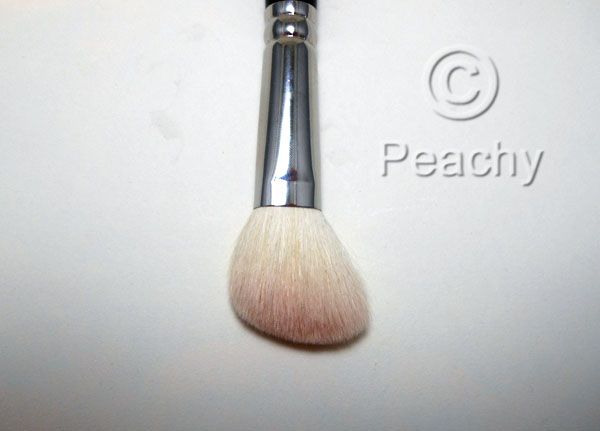
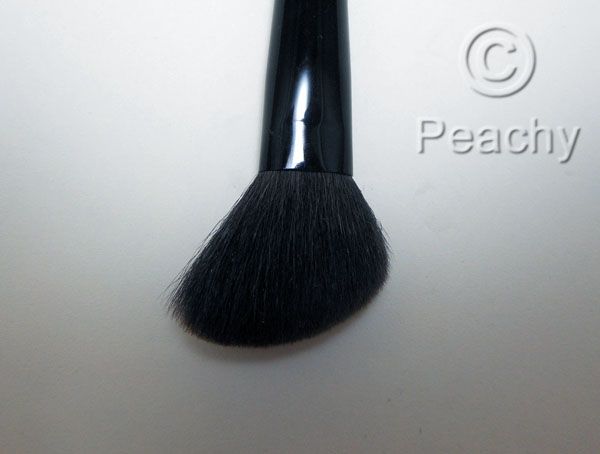
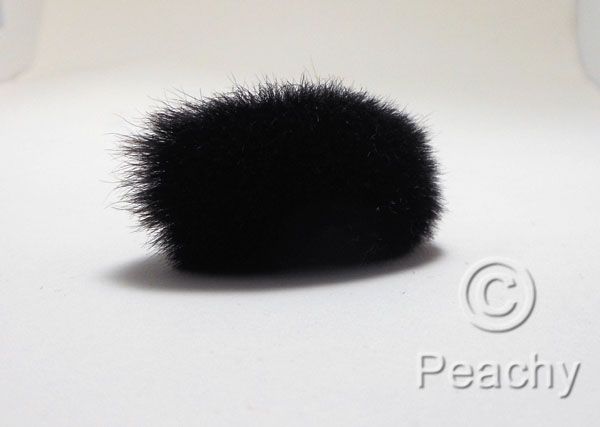
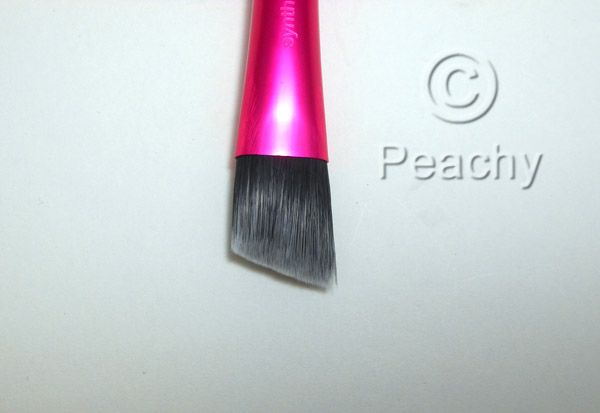



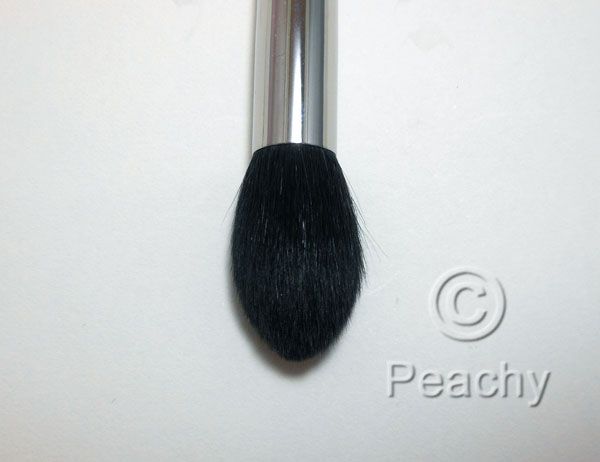
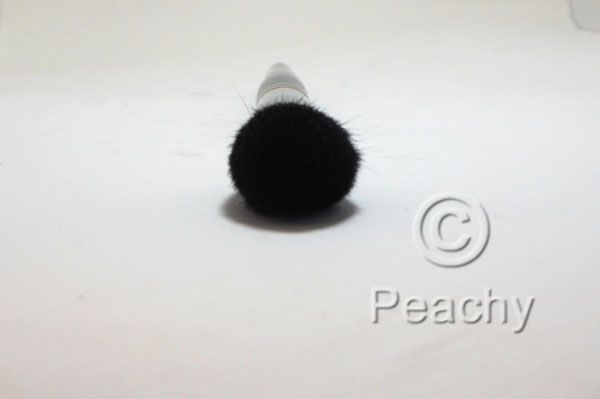
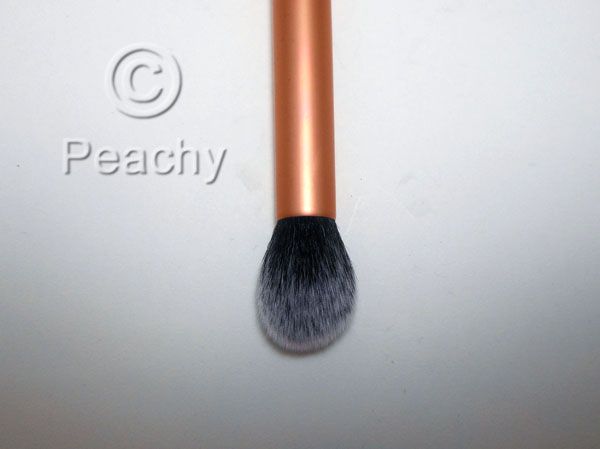


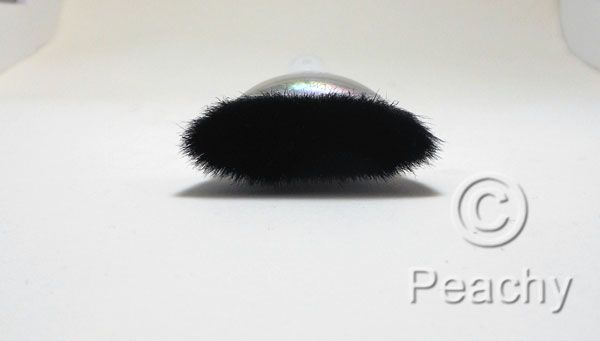


Thanks for sharing. I've not yet tried contouring but this post was really helpful
ReplyDeleteI am radicously finding perfect brush for contouring and still have no idea what to do lol although i love your post abd i am thinking to get few more brushes xx
ReplyDeleteSuch a great post! This post is very helpful. Actually I'm finding on how to use contouring. After reading this post, I learning a lot on how to used it. Thanks for the guide!
ReplyDeleteMakeup Brush Set